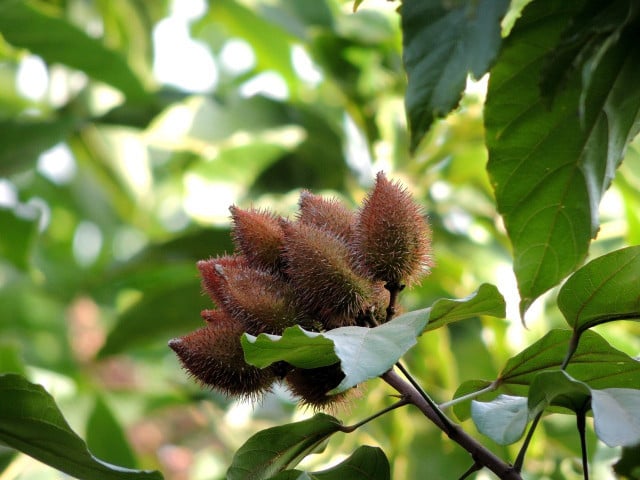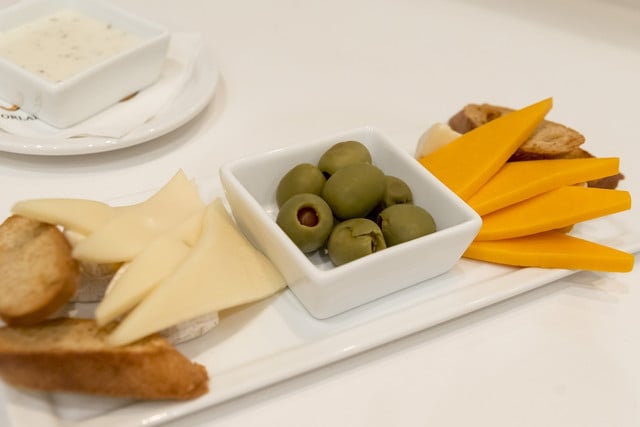Annatto, also called achiote, is a natural dye with numerous uses. We explain to you where annatto is used.
Contents
Annatto – bright dye from nature
Annatto is a natural dye made from the seeds of the achiote tree. In European, the tree is also known as Orleansstrauch or Butterfarb. Annatto belongs chemically to the carotenoids and consists of the compounds bixin and norbixin. As a coloring agent, it gives a bright yellow to reddish-brown color to numerous foods, cosmetics and medicines. On the ingredients list, you will find annatto under the E number E160b.
Annatto – this is how the colorant is used

The achiote shrub originated in South America, but is now also grown in parts of Southeast Asia. The triangular seeds of the exotic shrub have a reddish-brown color, which makes them a good natural dye. For coloring, achiote seeds are either boiled, or ground into a fine powder. Most often, according to the Consumer Initiative, it is not the pure dye that is used, but a diluted extract.
Annatto and its components bixin and norbixin give numerous products a yellowish color:
- Spices
- Sausages and cheese products (e.g. certain orange cheddar varieties)
- Snacks (e.g. potato chips)
- Ice cream
- Ready-made desserts
- Cosmetics
- Pharmaceuticals
- Textiles
Tip: At Easter time, you can dye Easter eggs naturally with annatto. Both whole seeds and annatto powder are commercially available
Use of annatto in the kitchen

Asian and South American cuisines in particular use annatto powder to color dishes. The seed powder gives dishes an earthy note that is slightly reminiscent of pepper. Popular uses include making spicy achiote oil or an achiote paste.
The coloring properties of orleans seeds have also long been known among primitive peoples. They use them for traditional body painting or for the production of insect repellents and medicines.
Annatto – importance for health

According to the Consumer Initiative, the substances bixin and norbixin contained in annatto are carotenoids that are harmless to health. Whether annatto has positive effects on health has not yet been proven.
The natural colorant annatto is also approved for organic products as additive E160b, as the consumer protection portal Codechek explains.
In rare cases, annatto can trigger allergic reactions on the skin, according to the consumer initiative. To be on the safe side, you should therefore first test foods and cosmetics containing the substance for tolerance and always use them in moderation.

